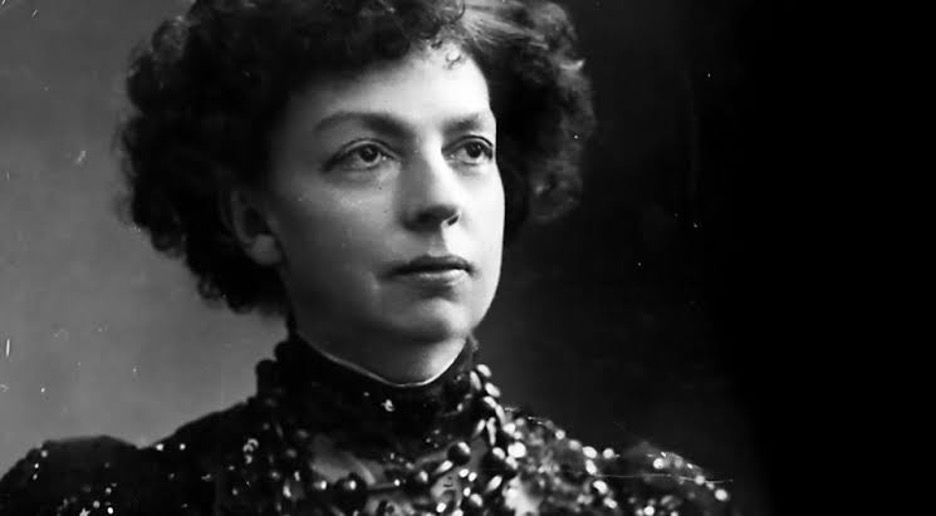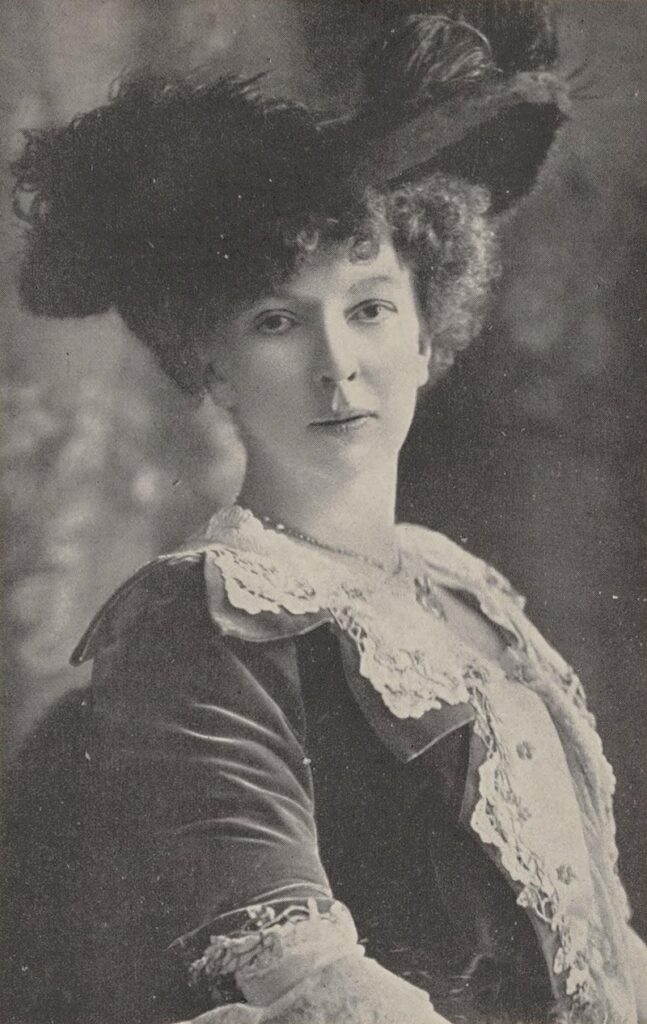Cécile Chaminade (1857-1944) was a French composer and pianist who made significant contributions to classical music, particularly during a time when female composers were rare in the professional realm. Her works, often lyrical and melodically rich, gained immense popularity, especially in salons and music halls across Europe and the United States. Here’s a look at her five most remarkable compositions that showcase her musical genius:
1. Concertino for Flute and Orchestra, Op. 107
Chaminade’s most famous and celebrated work, the Concertino for Flute and Orchestra, was composed in 1902 and remains a staple in the flute repertoire today. Commissioned by the Paris Conservatoire, this virtuosic piece showcases the technical brilliance of the soloist while blending beautifully with the orchestral accompaniment. Its flowing melodies and charming character make it a favorite among flutists and audiences alike.
2. Automne, Op. 35, No. 2
A piano gem, Automne is part of Chaminade’s Six Études de Concert, a set of six character pieces for piano. The piece is known for its deeply emotional and melancholic mood, embodying the autumnal spirit with lush harmonies and lyrical phrasing. Pianists often turn to this work for its expressive depth and technical challenges, making it one of Chaminade’s most frequently performed piano compositions.
3. Scarf Dance (Pas des écharpes), Op. 37
Composed in 1888 as part of her ballet suite Callirhoë, Scarf Dance became one of Chaminade’s most famous pieces, particularly in piano arrangements. Its lively, dance-like rhythms and infectious energy helped popularize her music across Europe and the United States. The piece combines elegance with an almost playful character, making it a favorite among pianists and a representative work of Chaminade’s lighter, yet sophisticated style.
4. Piano Sonata in C minor, Op. 21
A less frequently performed work but one that reveals Chaminade’s serious compositional ambitions, the Piano Sonata in C minor demonstrates her mastery of large-scale form. The sonata reflects the influence of Romantic composers like Chopin and Liszt, with its dramatic contrasts, flowing melodies, and virtuosic demands. This work gives insight into Chaminade’s ability to balance lyricism and structure, making it an essential piece in her oeuvre.
5. Thème varié, Op. 89
A delightful example of Chaminade’s skill in theme and variation, the Thème varié for piano shows her creativity in transforming a simple melody into a series of richly textured and contrasting variations. Each variation explores different moods and technical styles, giving the performer a chance to showcase both virtuosity and interpretive nuance. This work exemplifies Chaminade’s talent for crafting intricate yet accessible music.
Conclusion
Cécile Chaminade’s compositions, characterized by their lyrical beauty and refined craftsmanship, remain significant contributions to classical music. Her ability to create works that combine technical brilliance with emotional depth has ensured her a lasting place in the classical repertoire. Whether for flute, piano, or orchestra, her music continues to captivate audiences and performers worldwide.


Comments are closed